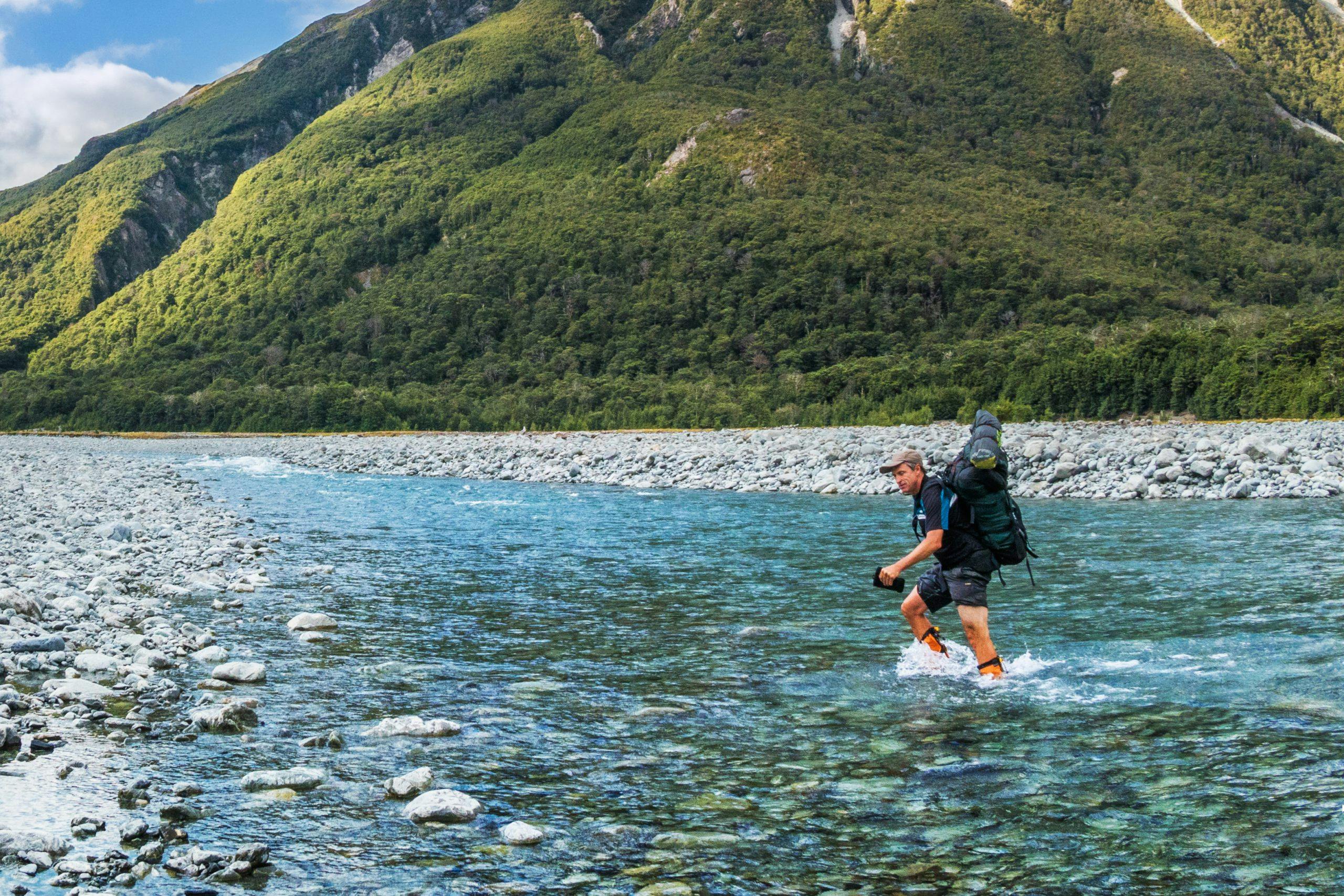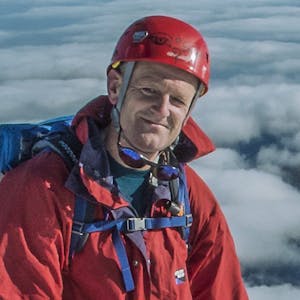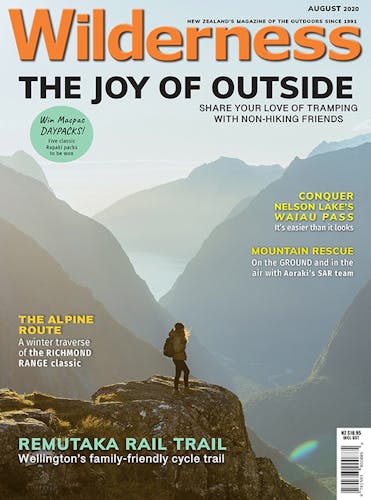Three trampers explore the route to Waimakariri Falls, but during their return one goes missing.
“Where’s Helge?” Shaun asked.
I looked up from the stove, concerned. We had all spent the morning on a quick there-and-back trip from Carrington Hut to Waimakariri Falls Hut.
On the descent, Helge, being fitter and faster, had gone ahead as we neared the White River.
It wasn’t until I was back at Carrington Hut, preparing to get the billy on the gas cooker, that I thought, ‘Where’s Helge?’, and decided he must be in the loo. It never entered my mind that he might have encountered trouble. Fifteen minutes later, Shaun returned and asked the same question.
I told Shaun I thought he was in the loo. “If that’s the case, he may well have fallen in given how long it’s been,” I joked.
I went outside to investigate and quickly confirmed he wasn’t there. We thought he might have taken a wrong turn after crossing the river and took the trail south, but we found no sign of him that way. By now, 30 minutes had passed since I arrived back at Carrington Hut. We talked through what had happened since Helge went ahead of us on an easy, flat trail beside the Waimakariri, just 20 or so minutes from the hut.
“We did veer off the trail for a short distance at one point, remember?” Shaun recalled.
We agreed that that was the most likely scenario – a freak fall just where we diverted briefly from the trail.
Shaun packed a tent, first aid kit, the PLB, some warm gear, water and food. I went ahead to scan the river bank down as far as the junction of the Waimakariri and White to rule out the possibility that Helge had bashed his head in the river and ended up downstream. There was no sign of him.
As I reached the river junction, I crossed the White intending to come back up using a new vantage point. Then I heard a call: “Peeete”.
Turning around, I could see a hunched figure standing on the true right bank of the White. I ran across the river rubble to Helge. As I crossed back over, Shaun arrived with the pack. Helge stood there with a bloody gash over his left eye, nursing his left arm. He was distressed and in pain, but still cogent and rational.
He explained how one second he was striding along, feeling great, the next he was “free-falling” and seeing stars and in extreme pain. He had so much blood dripping down his head he couldn’t see out of his left eye.
A stone near the edge of the trail had rolled, taking Helge with it and he had plummeted two metres or more, first hitting his left shoulder, then the left side of his head. That star-seeing moment was probably a short period of unconsciousness.
After coming to, he waited for us to find him, but after 20-minutes he realised he had to get back on the trail. It was hard to get moving, but once he did he felt better.
Slowly we all headed back to Carrington Hut, where we found an American couple had arrived. They had ski rescue experience and quickly diagnosed that Helge’s collar bone was broken. The triangular sling I’d been carrying in my first aid kit for over a decade finally got used.
Our next decision was whether or not to set off our PLB. Helge was upbeat, thinking he could probably walk out after a night’s rest if Shaun and I could deal with his pack. None of us were keen to set an expensive rescue in motion unless it was necessary. We tossed around the pros and cons of this approach when, suddenly, I remembered the hut radio sitting in plain sight on the wall.
I radioed through all the details. At the other end, they were particularly interested in Helge’s head injury. The radio operator would discuss the situation with SAR and come back to us. It wasn’t long before the radio crackled back to life: “A helicopter will be with you in about 45 minutes. Be ready.”
The good news for Shaun and I was that, at 4pm as we waved at the departing helicopter, Helge’s 20kg pack flew with him.
Helge spent a night in hospital, but his collar bone failed to mend naturally as expected and he required an operation to reset the bone.








